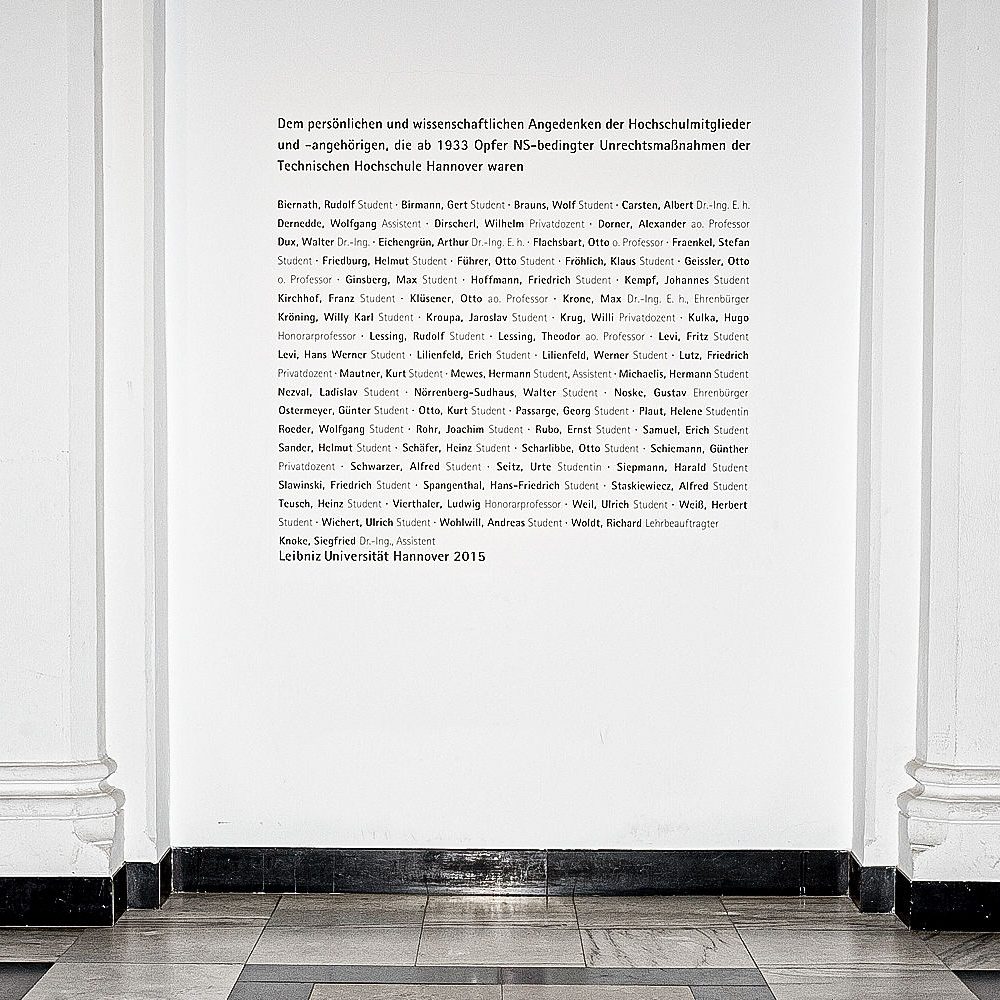A castle turned university: the main building of present-day Leibniz University not only looks like a castle, it was actually built as a Guelph palace. However, after the war against Prussia was lost in 1866, the Kingdom of Hanover ceased to exist. Hanover became the Prussian provincial capital. Shortly afterwards, the Technical University moved into the building, which stood empty.
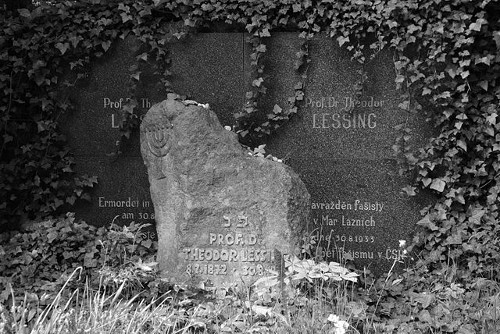
A professor becomes an object of hate
In the 1920s, right-wing extremist and nationalist [völkisch] tendencies also begin to flourish and spread among students at the Technical University of Hanover. One of their objects of hate is the associate professor of philosophy, Theodor Lessing. No wonder: the native Hanoverian is Jewish, an opponent of war and a socialist. After the First World War, together with his wife Ada Lessing, a women’s rights activist and SPD politician, he sets up the Adult Education Centre [Volkshochschule] in Hanover-Linden. Through his articles in republican-democratic newspapers, he becomes one of the most well-known political commentators of the Weimar Republic.
Critical journalism
In 1925 two issues land him in the firing line of the political right. Lessing reports as a journalist on the trial of the Hanoverian serial killer Fritz Haarmann, delivering a harsh denunciation of how society was complicit and revealing that Haarmann had been a spy for the police. Not long after, the famous World War general and honorary citizen of Hanover Paul von Hindenburg runs for the office of Reich President. Lessing rejects the suitability of his character for this and pens the prophetic words: “Sadly, history shows that behind every zero lurks a future Nero”. Hindenburg is elected. Eight years later, the ‘zero’ appoints a Nero, (the firebrand) Adolf Hitler, as Reich Chancellor.
Right-wing student protest
Hanover’s reactionary student body is seething with anger. The students form a “Fighting Committee”, demand Lessing’s removal from the university, and use violence to disrupt his lectures. The agitation has clearly anti-Semitic overtones. In a high-profile publicity campaign, 1500 corps students [corps are student fraternities] board a train at the main railway station threatening to transfer their studies to the Braunschweig University of Technology. Scores of landladies see their livelihoods threatened and the lord mayor [Oberbürgermeister] demands Lessing’s removal. He is subsequently suspended as a lecturer by the university authorities.
Murder in exile
Theodor Lessing is the first victim of the Nazis on Czech soil. As early as 1 March 1933, he flees abroad with his wife Ada, during which time a price is put on his head. In August 1933, he is shot through the window of his study in Marienbad, Czechoslovakia, by two National Socialists who then escape to Germany. He dies the next day.
When, on 10 May 1933, students and teaching staff of the university escort books of “un-German” authors by torchlight procession from the Welfengarten [the park by the university] to the Maschwiesen and pile them up on a bonfire, among the books burned are works by Theodor Lessing.
A belated commemoration but no bestowal of his name on the university
In November 2005, the General Students’ Committee (“Allgemeiner Studierendenausschuss” abbreviated to AStA) of the University of Hanover unsuccessfully applies for the university to be renamed “Theodor Lessing University”. Instead, since 2006 its official name is “Gottfried Wilhelm Leibniz University”, shortened to Leibniz University Hannover (LUH). However, since November 2015, a memorial wall in the atrium of the main building of Leibniz University Hannover lists the names of those members of the university who were persecuted. It bears the inscription:
“To the personal and academic memory of university members and staff who, as of 1933, were victims of injustice at the hands of National Socialism at the Technical University of Hanover.”
The wall bears the names of a total of 63 teachers and students, including Theodor Lessing, who were subjected to persecution. At the same time, three lecture halls were renamed and in the gallery of university rectors and presidents, corresponding footnotes were added to the portraits of those rectors who condoned the injustice whilst in office at the university in the period from 1933 to 1945. In the years prior to this, a working group set up by a resolution of the senate had reviewed the awarding and withdrawal of titles during the Nazi period.
Weitere Informationen online
Leibniz University Hanover Hannover Institute of Technology in the Nazi Era
Leibniz University Hanover Reviewing the Nazi period
Leibniz University Hanover Theodor Lessing: Philosopher and publicist [in German]
Leibniz University Hannover Unjust measures under National Socialism at the Technical University Hanover [in German] (Click to download the PDF)
Leibniz University Hannover Unimagazine 1/2 2017 Review and Commemoration [in German]
Article at hannover.de Unveiling of the memorial plaque for the family of Theodor Lessing [in German]
Biography on the FemBio website Ada Lessing
Further reading: Click here
Texts and images: Michael Pechel

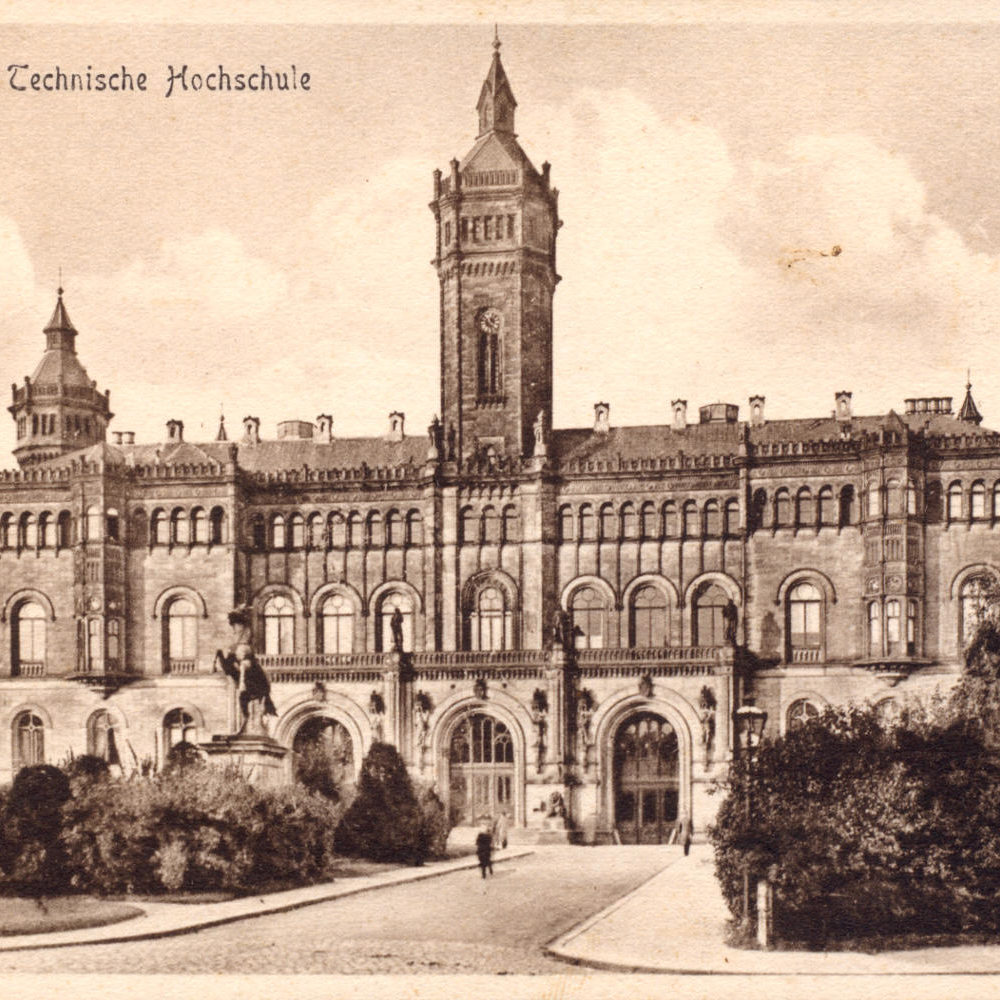
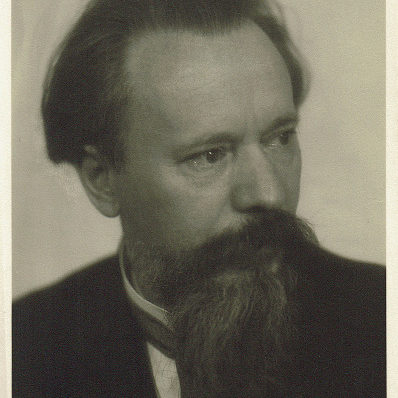
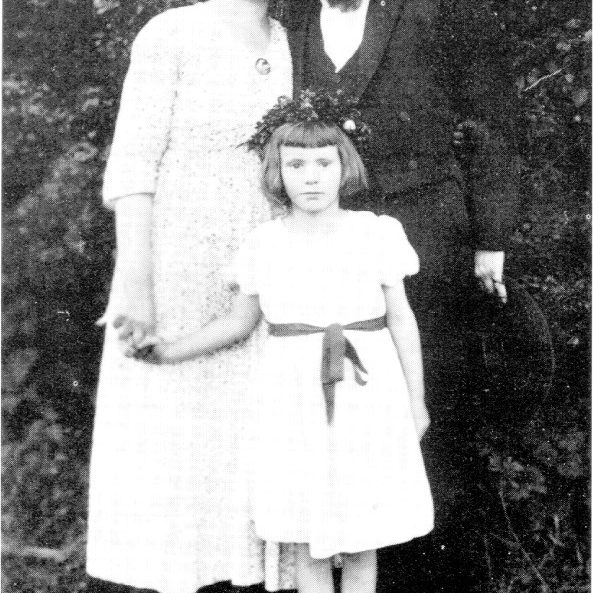
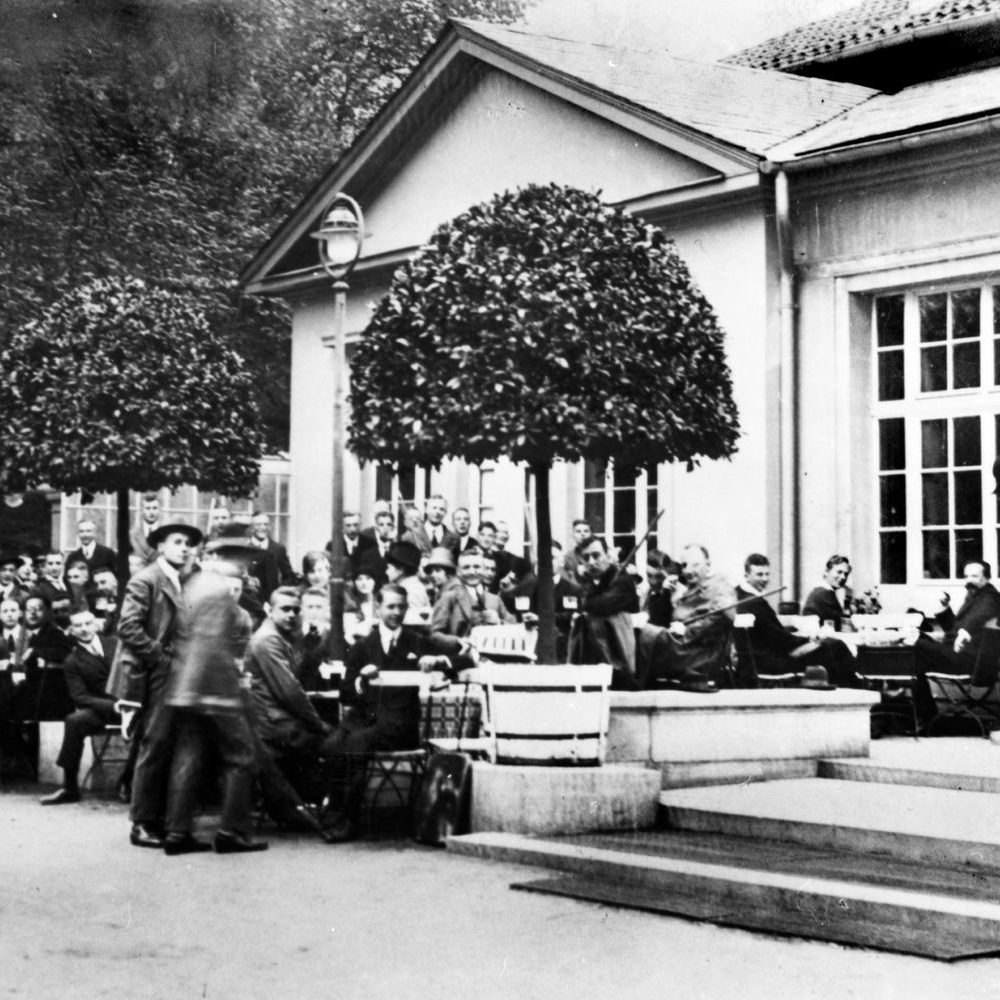
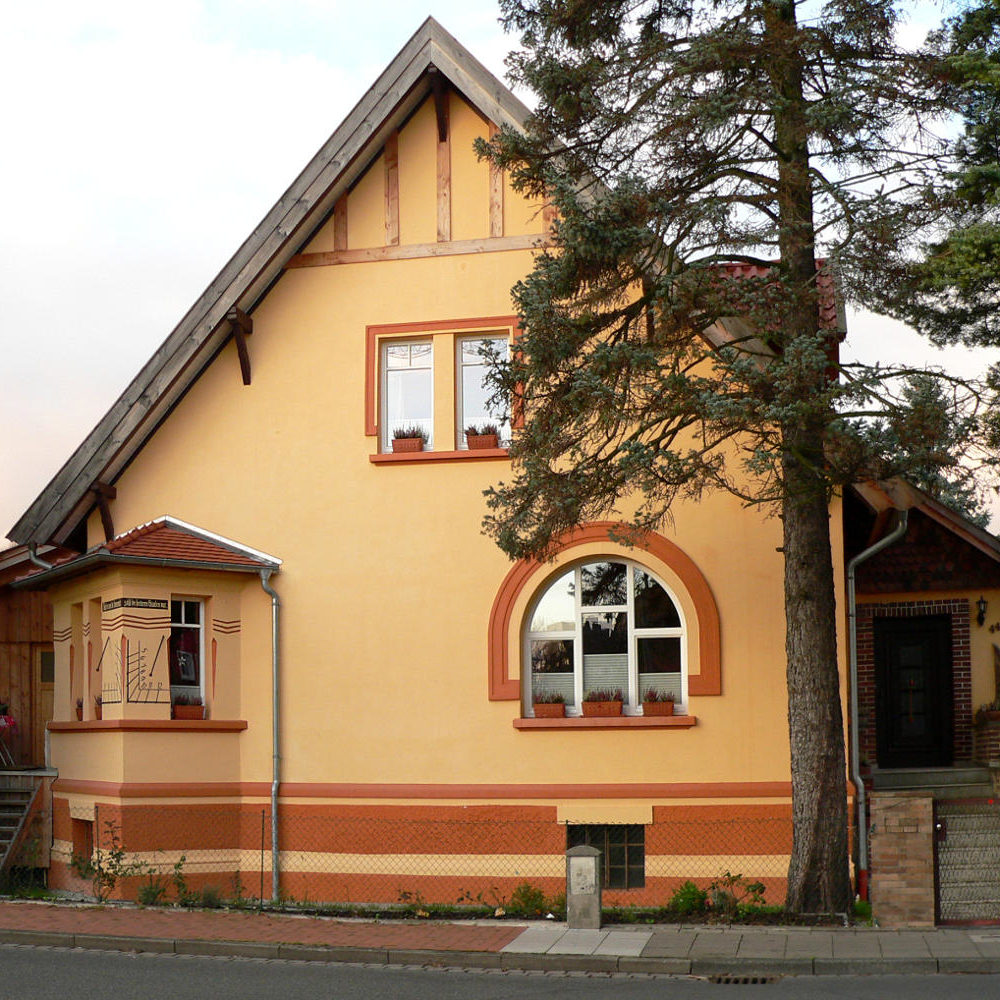
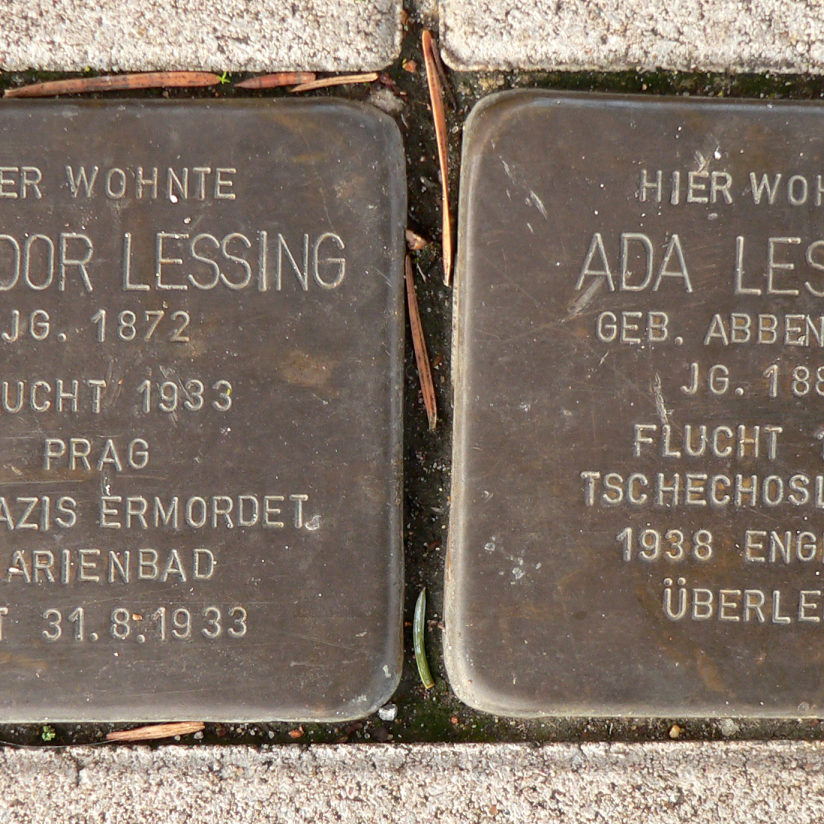
![Hanover: Since 31 August 2016, a commemorative plaque in front of the entrance to the house "Am Tiergarten 44" in Anderten has commemorated the philosopher Theodor Lessing and his family. It was erected and donated by the Anderten branch of the Workers' Welfare Association [AWO Arbeiterwohlfahrt].](https://zukunft-heisst-erinnern.de/wp-content/uploads/2020/03/technische_hochschule_7-1000x1000.jpg)
